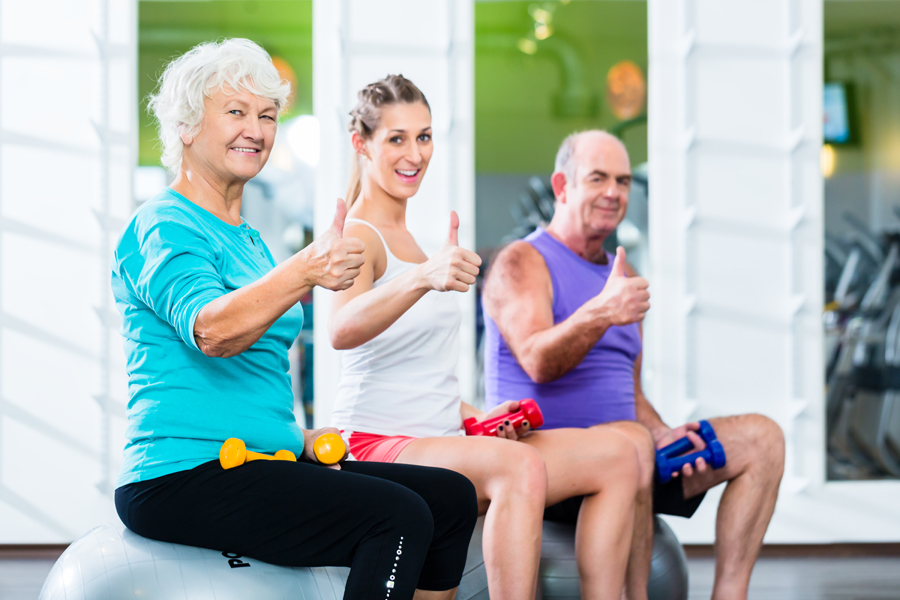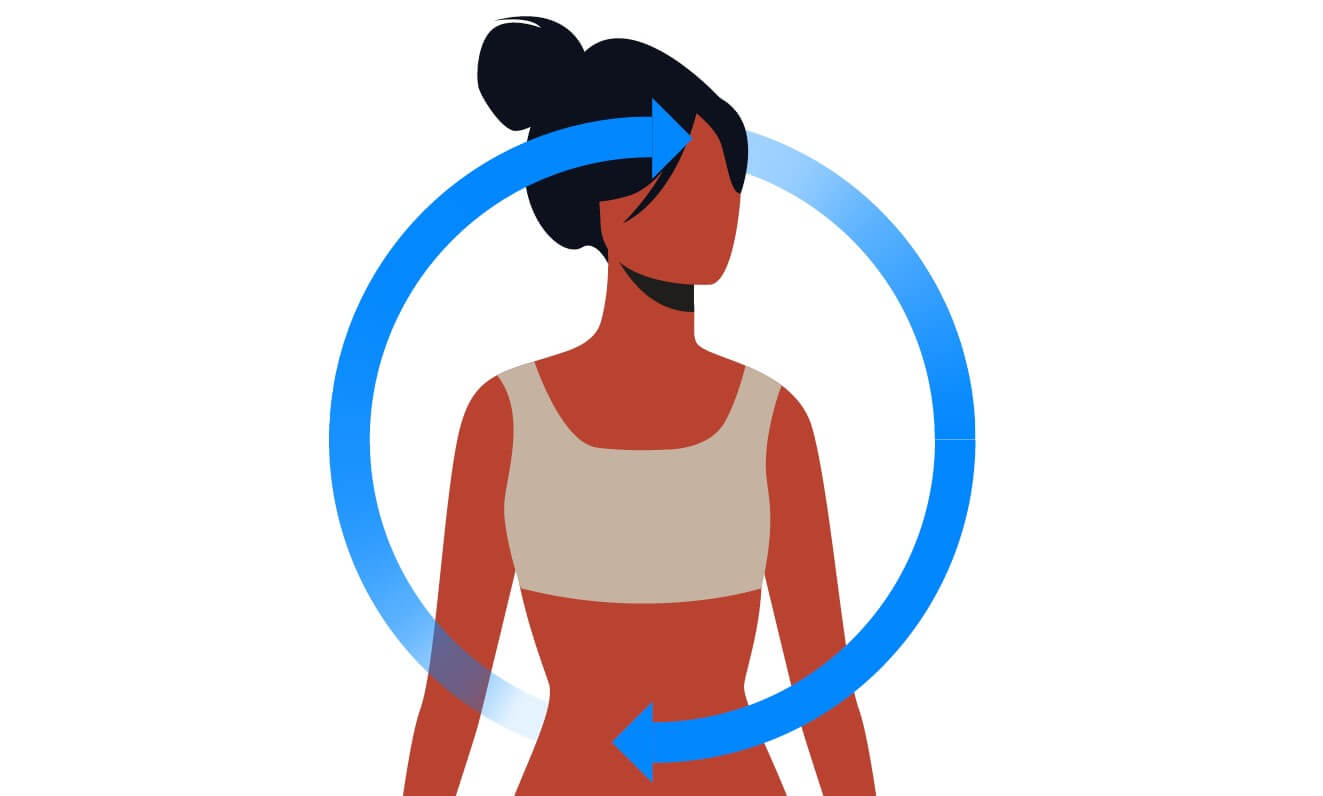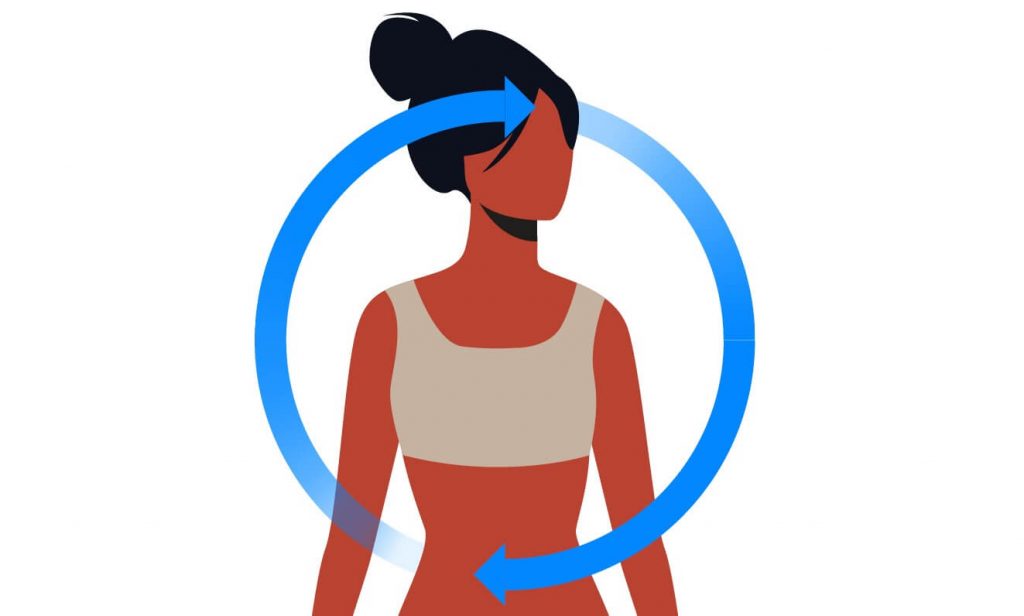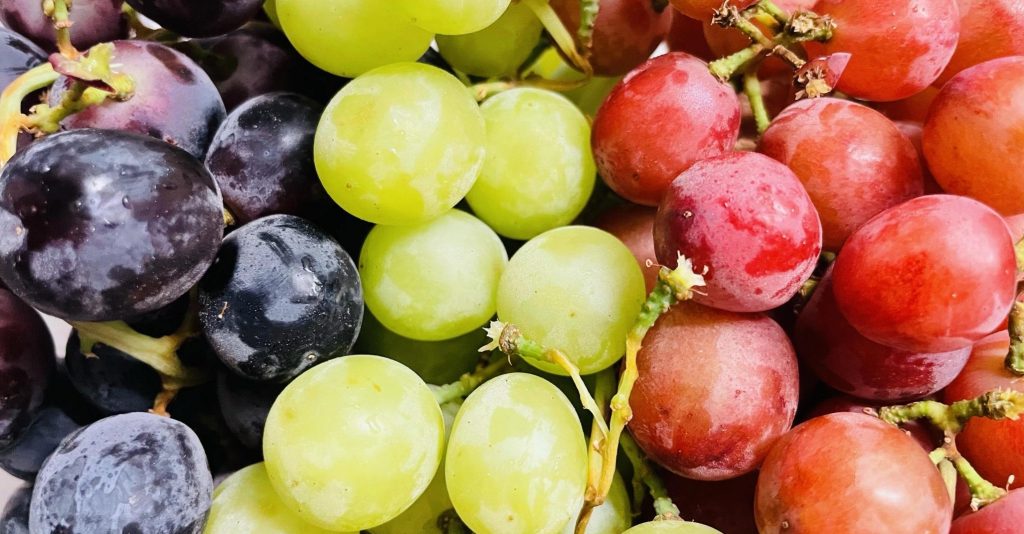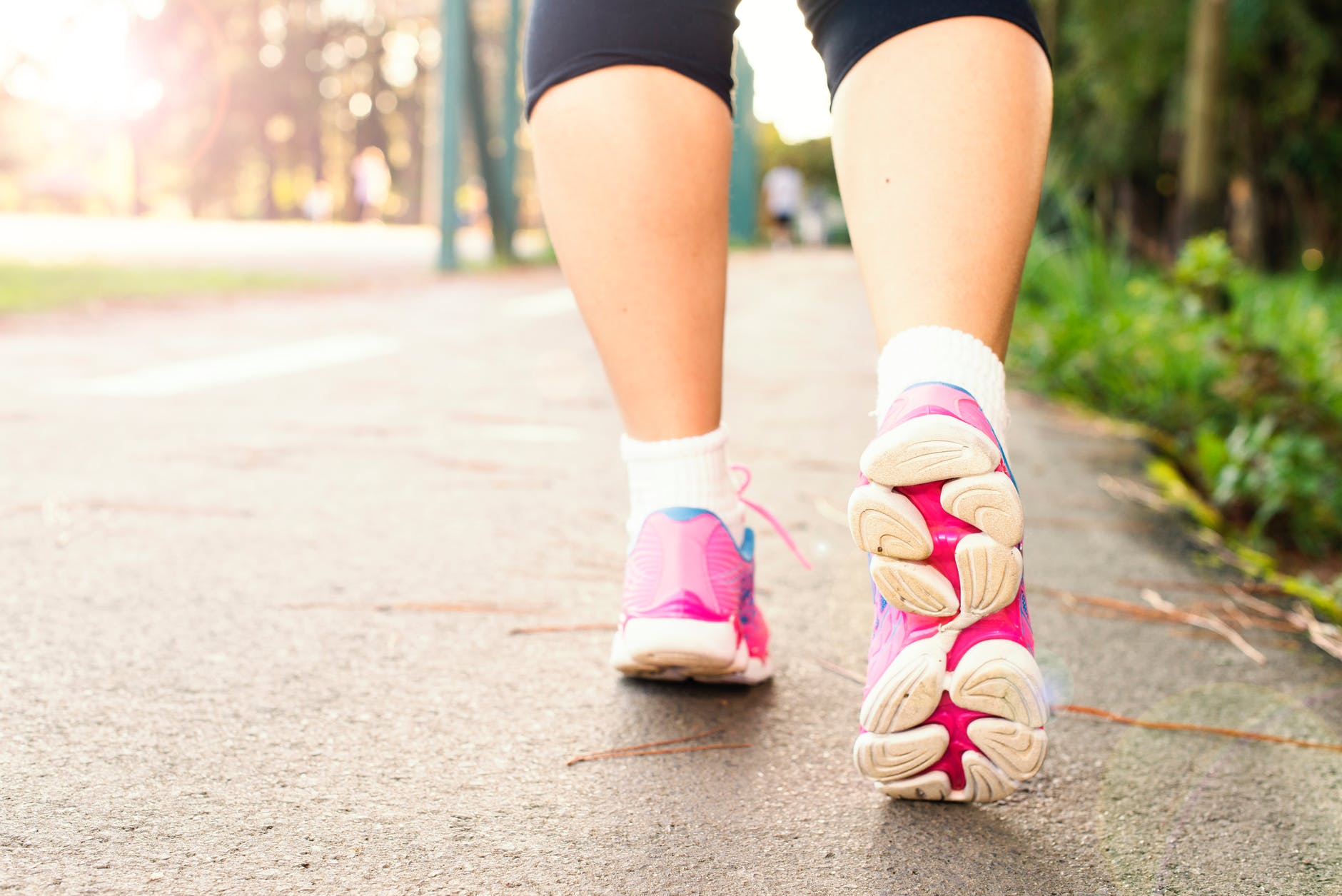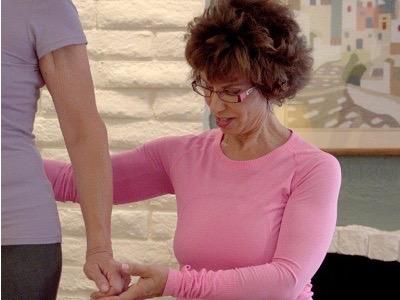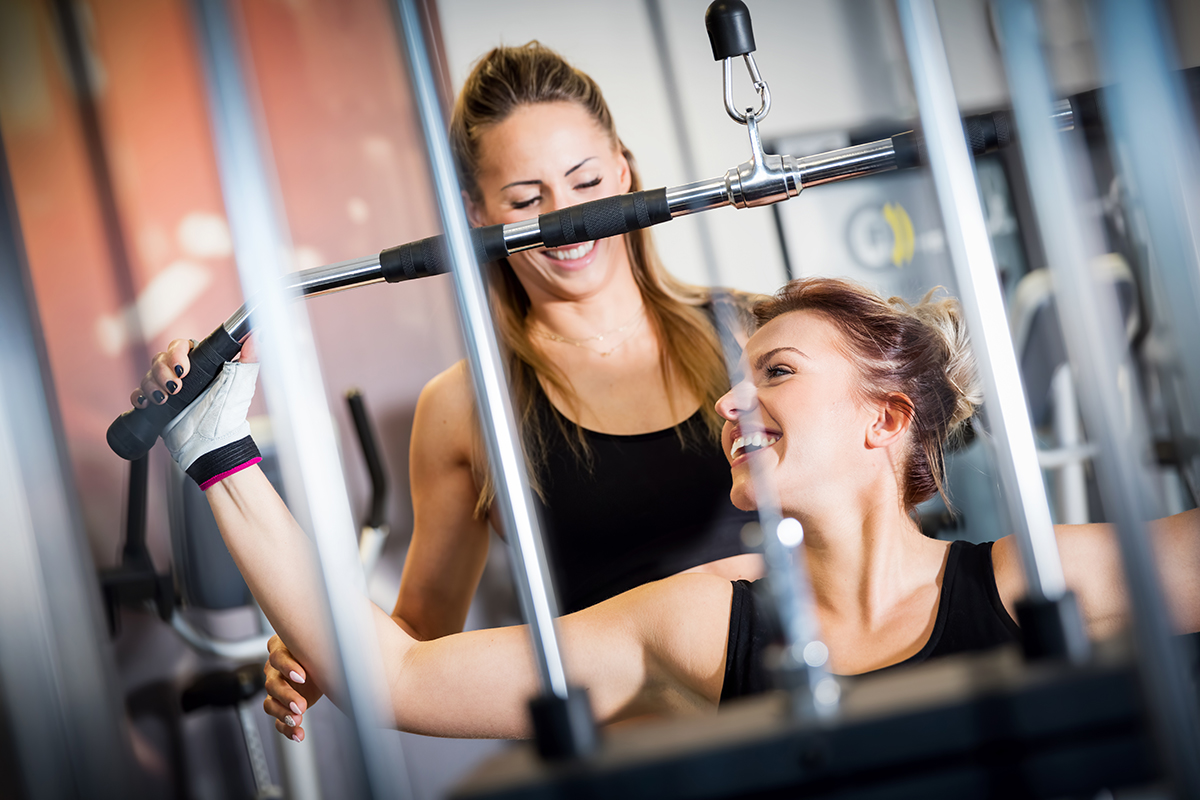Want to live longer? Watch your omega-3 levels
A recent study spanning 11 years and more than 2,000 participants yielded a startling finding: When comparing omega-3 index to conventional cardiovascular risk factors in older adults, it showed that having a low blood omega-3 index was as strong a predictor of mortality as smoking.1
The average age of the participants at the beginning of the study was 65, when their blood fatty acids were measured, and they were followed for 11 years. There were 2240 participants and 384 deaths over that time.
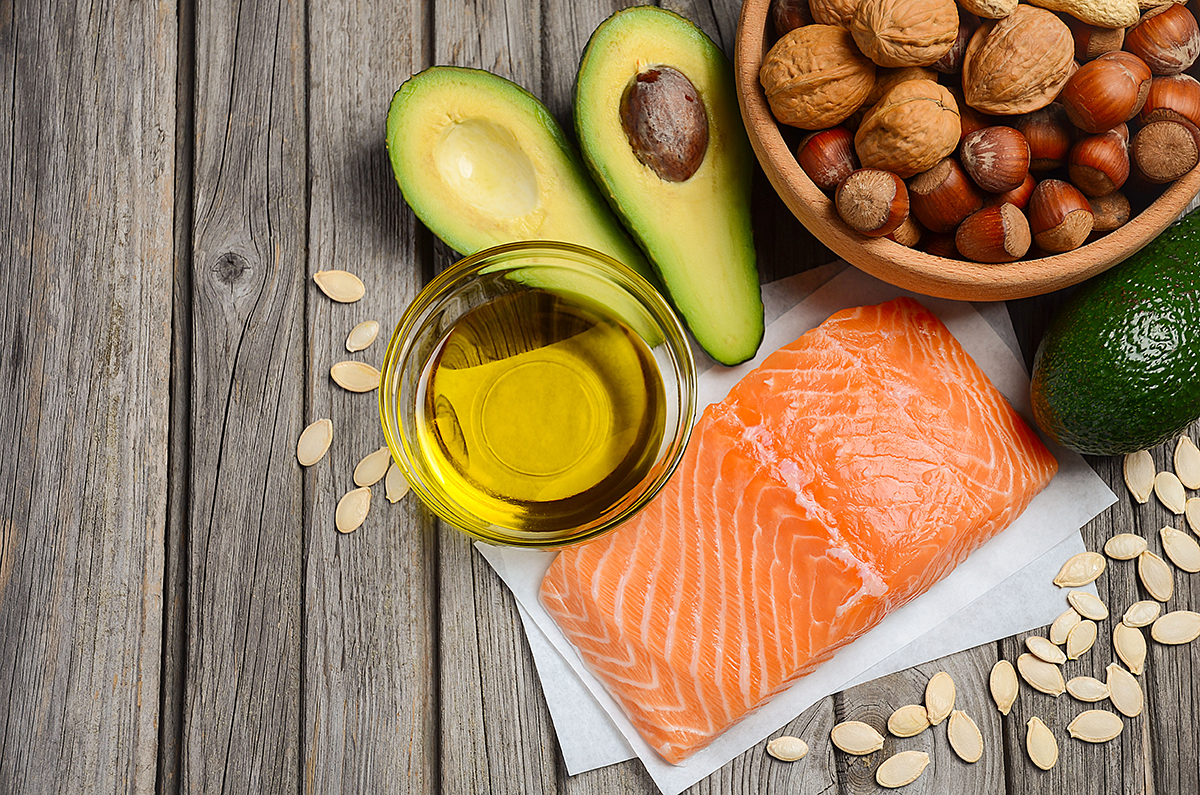
Comparing omega-3s and smoking
Omega-3 index is a measurement of DHA and EPA as a percentage of the total fatty acids in red blood cell membranes. The average omega-3 index in the study was 5.8%, the lowest fifth had omega-3 index less than 4.2%, and the highest fifth had levels greater than 6.8%.
Using mathematical modeling, the researchers estimated that participants who were in the highest fifth of omega-3 index at age 65 gained 4.74 years of life compared to those in the lowest fifth. This was similar to the difference between smokers and non-smokers at age 65; smokers lost 4.73 years of life, according to the model.
Over the 11-year follow-up, of participants in both of the low-risk categories – non-smokers who had a high omega-3 index – 85% survived. This is compared to only 47% of those in the high-risk categories – smokers with a low omega-3 index.1 The loss of life years was similar in low-omega-3 + non-smoking and high-omega-3 + smoking.
More evidence connecting omega-3 levels with longevity
This research comes a few months after a meta-analysis of 17 prospective cohort studies that linked higher circulating omega-3 fatty acid levels to longevity. In a pooled analysis of the studies, participants in the highest fifth of combined blood DHA and EPA were 15-18% less likely to die from any cause over the follow-up period (median follow-up time was 16 years in these studies). Higher blood omega-3s were also associated with reduced risk for death from cardiovascular disease and cancer.2
The importance of DHA and EPA
DHA and EPA are important structural and functional components of brain and retinal cell membranes. They also have triglyceride-lowering, anti-inflammatory, anti-platelet, and anti-hypertensive properties, plus beneficial effects on cell membranes that may also contribute to better health and a longer life.2
Previous studies have linked low omega-3 index (below approximately 5%) with increased risk of cognitive decline in older adults.3,4 All the above studies corroborate the prior studies linking low omega index to brain shrinkage and cognitive impairment, and they reinforce how critical it is to properly address this issue.
The bottom line
DHA and EPA supplementation is important for anyone who doesn’t eat fatty fish frequently. Omega-3 index is low in vegans – approximately 4% when measured in studies, and the research suggests that adding ALA from flax seeds and walnuts does not significantly raise omega-3 index in most people. Most of the ALA in our diet is burned for energy, not converted to EPA and DHA. Consuming pre-formed DHA and EPA is the most reliable way to increase omega-3 levels in the blood.5-8 I recommend checking the omega-3 index with a blood test and assuring DHA and EPA adequacy using an algae-based supplement (refrigerated if possible) to avoid the pollutants, microplastics, and animal protein in fatty fish, and as a more sustainable option than fish oil.
Originally printed on drfuhrman.com. Reprinted with permission.
Joel Fuhrman, MD is a board-certified family physician specializing in nutritional medicine. He is President of the Nutritional Research Foundation and the author of 7 New York Times bestselling books, including his most recent book, “Eat to Live”. Visit his website, DrFuhrman.com.
👉👉Get $10 off $150 or more on Dr. Fuhrman’s website. Use coupon LS10OFF150.
REFERENCES
- McBurney MI, Tintle NL, Vasan RS, et al. Using an erythrocyte fatty acid fingerprint to predict risk of all-cause mortality: the Framingham Offspring Cohort. Am J Clin Nutr 2021.
- Harris WS, Tintle NL, Imamura F, et al. Blood n-3 fatty acid levels and total and cause-specific mortality from 17 prospective studies. Nature Communications 2021, 12:2329.
- Coley N, Raman R, Donohue MC, et al. Defining the Optimal Target Population for Trials of Polyunsaturated Fatty Acid Supplementation Using the Erythrocyte Omega-3 Index: A Step Towards Personalized Prevention of Cognitive Decline? J Nutr Health Aging 2018, 22:982-998.
- Lukaschek K, von Schacky C, Kruse J, Ladwig KH. Cognitive Impairment Is Associated with a Low Omega-3 Index in the Elderly: Results from the KORA-Age Study. Dement Geriatr Cogn Disord 2016, 42:236-245.
- Craddock JC, Probst YC, Neale EP, Peoples GE. A Cross-Sectional Comparison of the Whole Blood Fatty Acid Profile and Omega-3 Index of Male Vegan and Omnivorous Endurance Athletes. J Am Coll Nutr 2021:1-9.
- Sarter B, Kelsey KS, Schwartz TA, Harris WS. Blood docosahexaenoic acid and eicosapentaenoic acid in vegans: Associations with age and gender and effects of an algal-derived omega-3 fatty acid supplement. Clin Nutr 2014.
- Office of Dietary Supplements, National Institutes of Health. Omega-3 Fatty Acids. Fact Sheet for Health Professionals [https://ods.od.nih.gov/factsheets/Omega3FattyAcids-HealthProfessional/]
- Arterburn LM, Hall EB, Oken H. Distribution, interconversion, and dose response of n-3 fatty acids in humans. Am J Clin Nutr 2006, 83:1467S-1476S.

